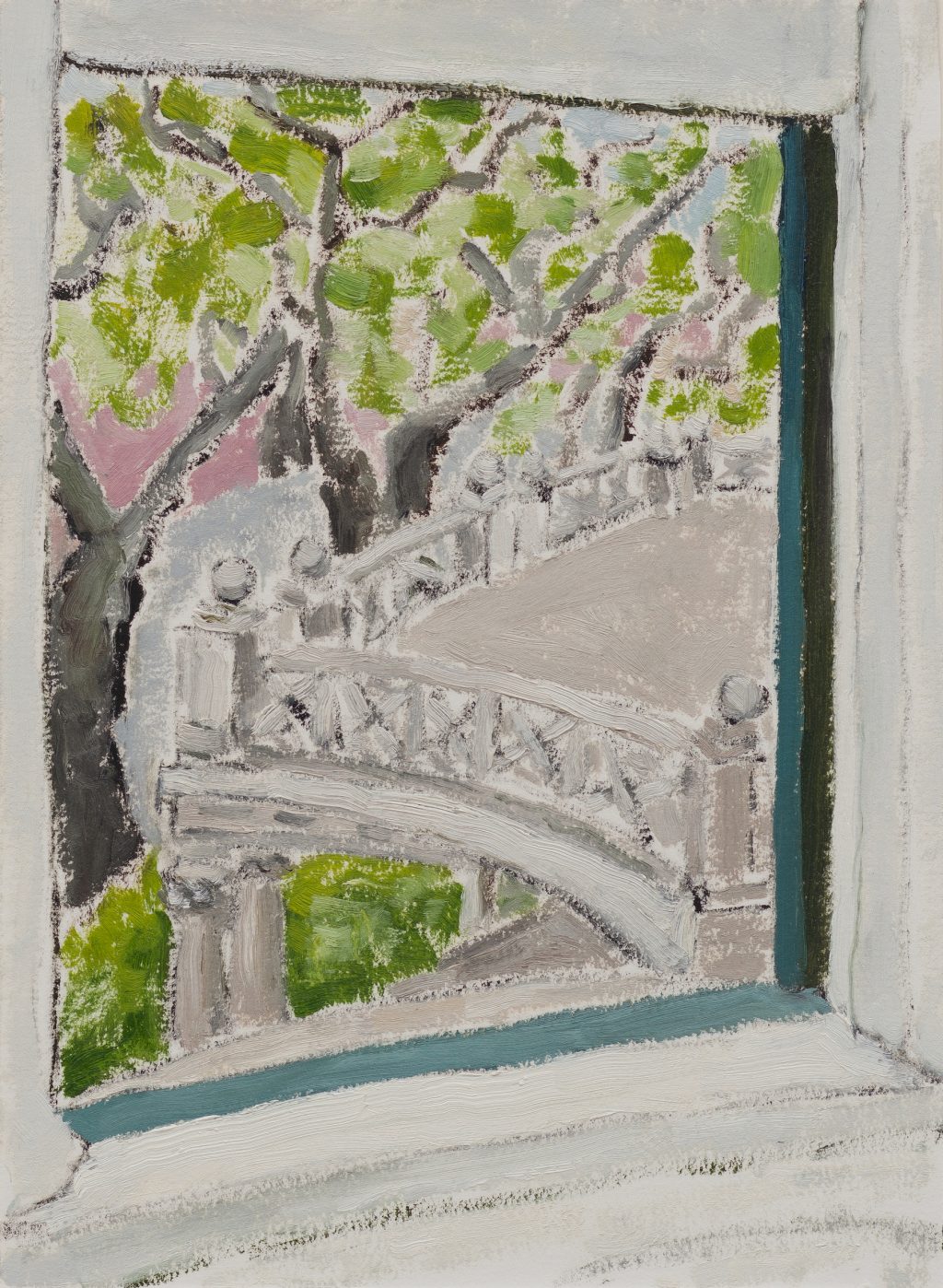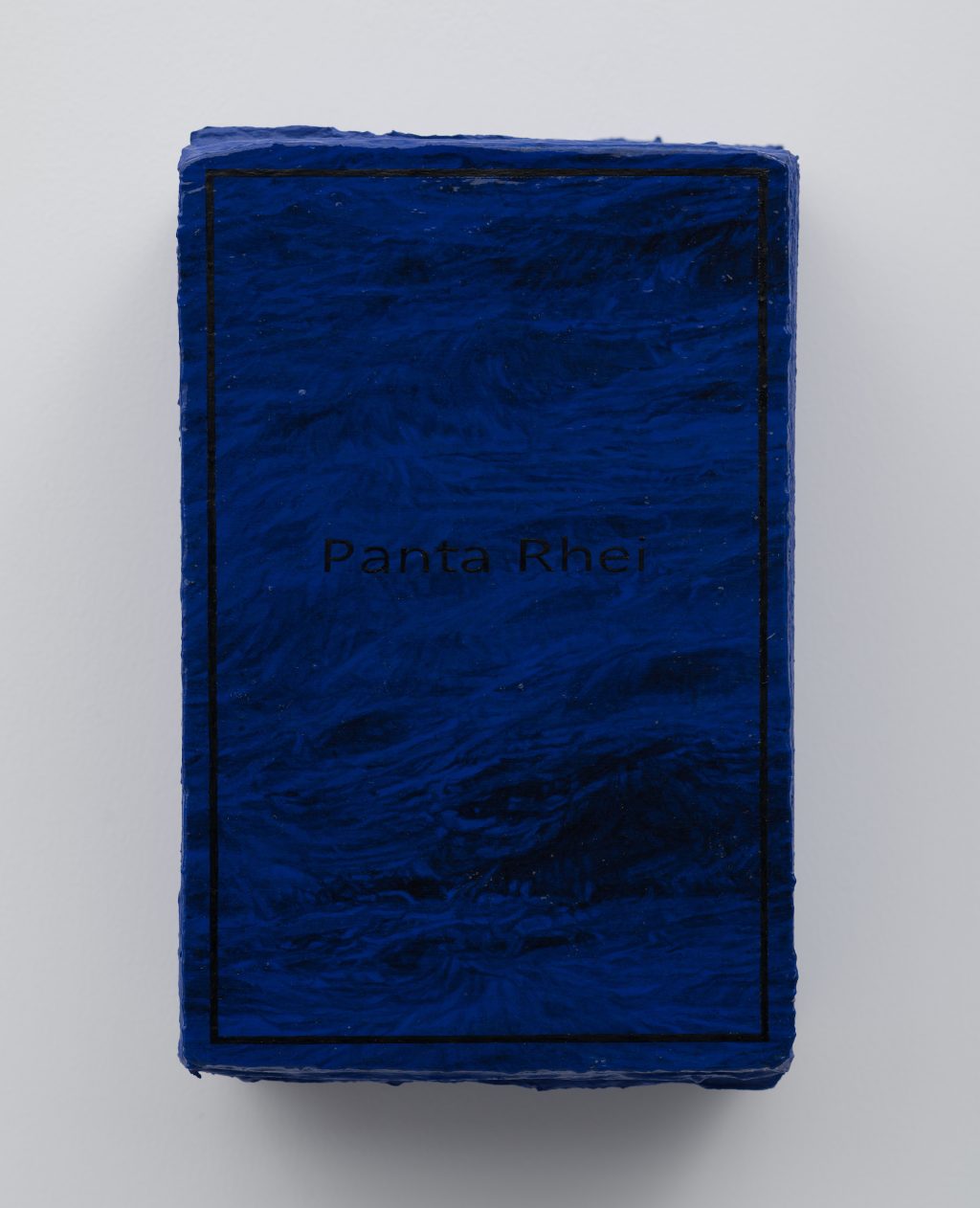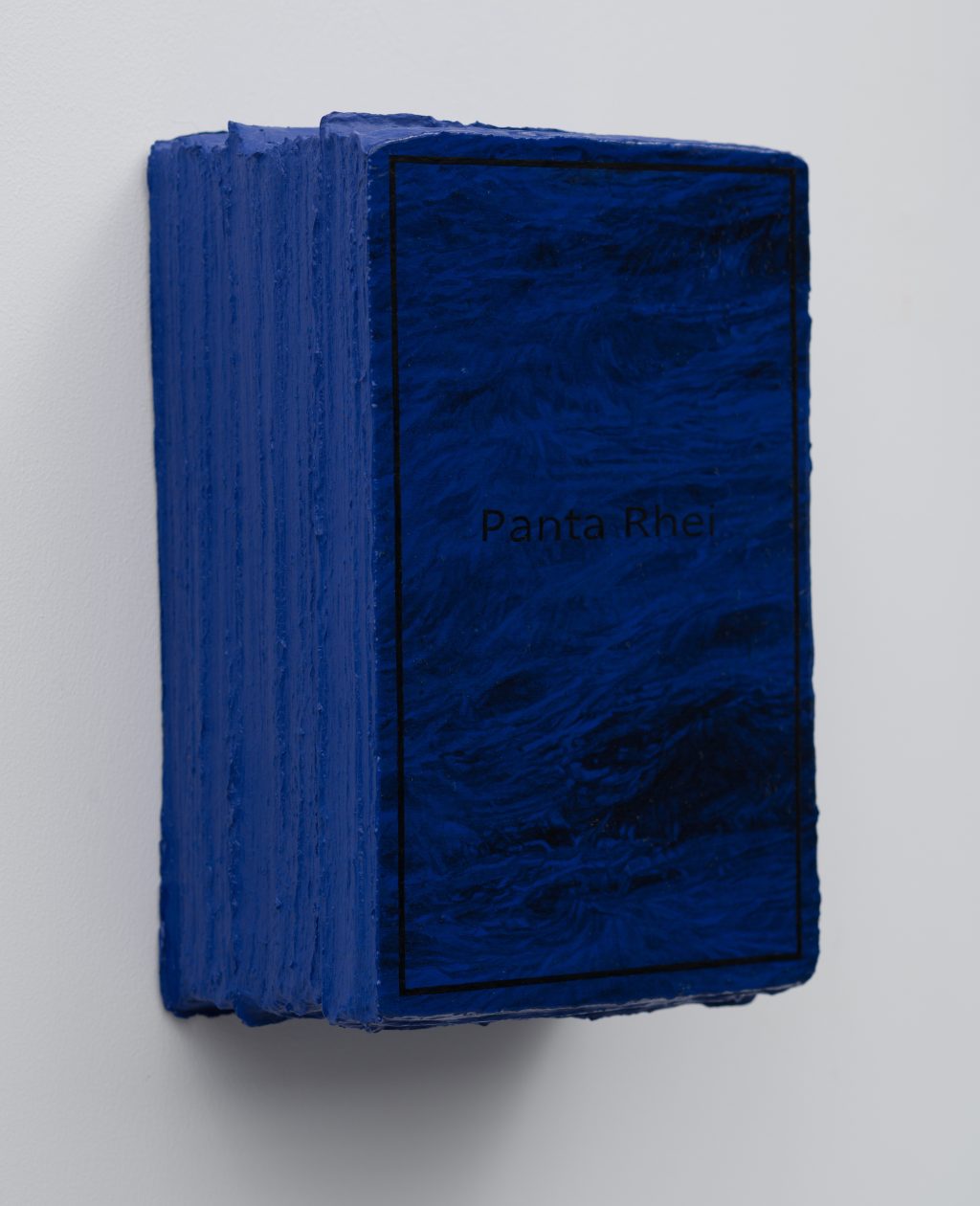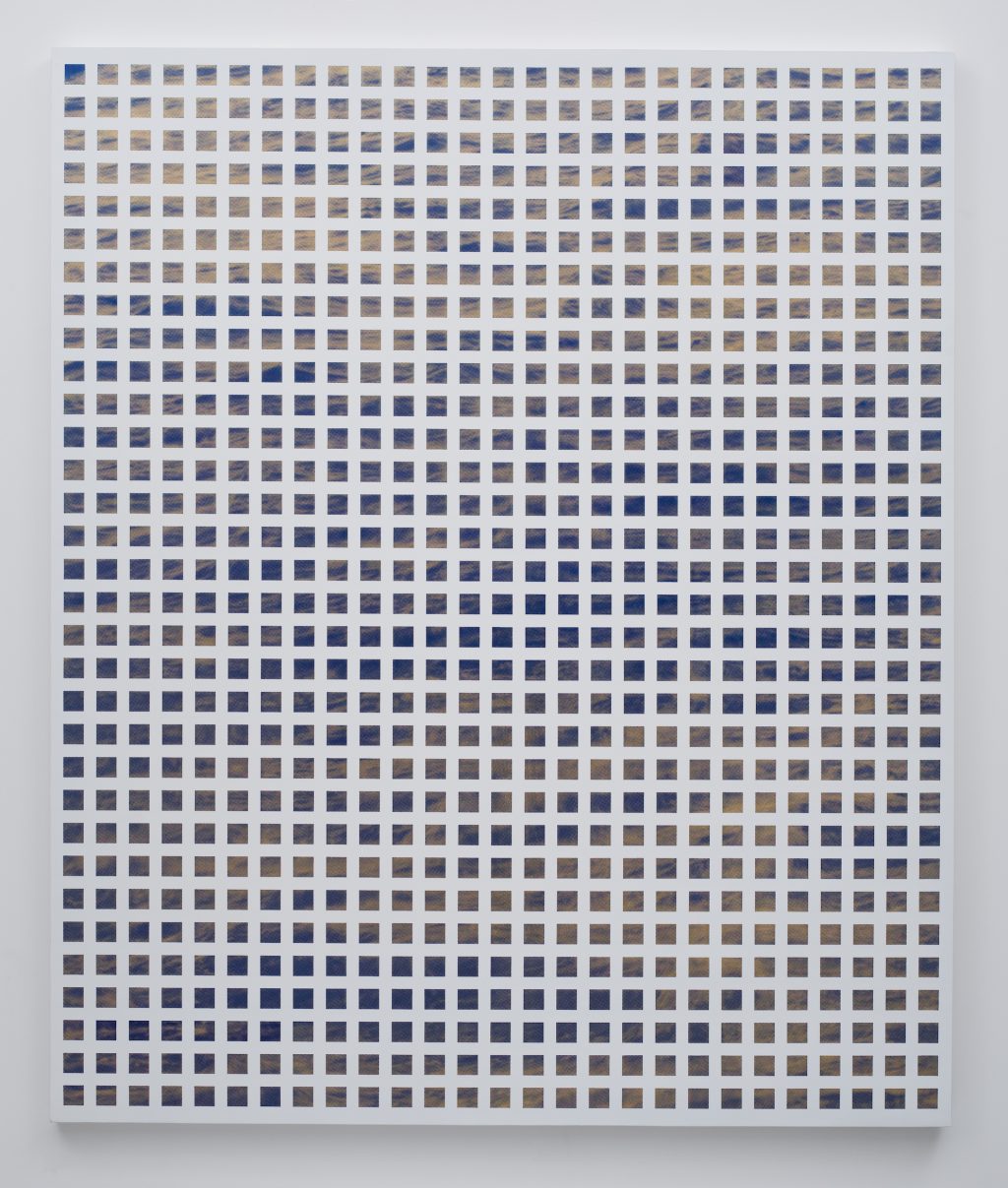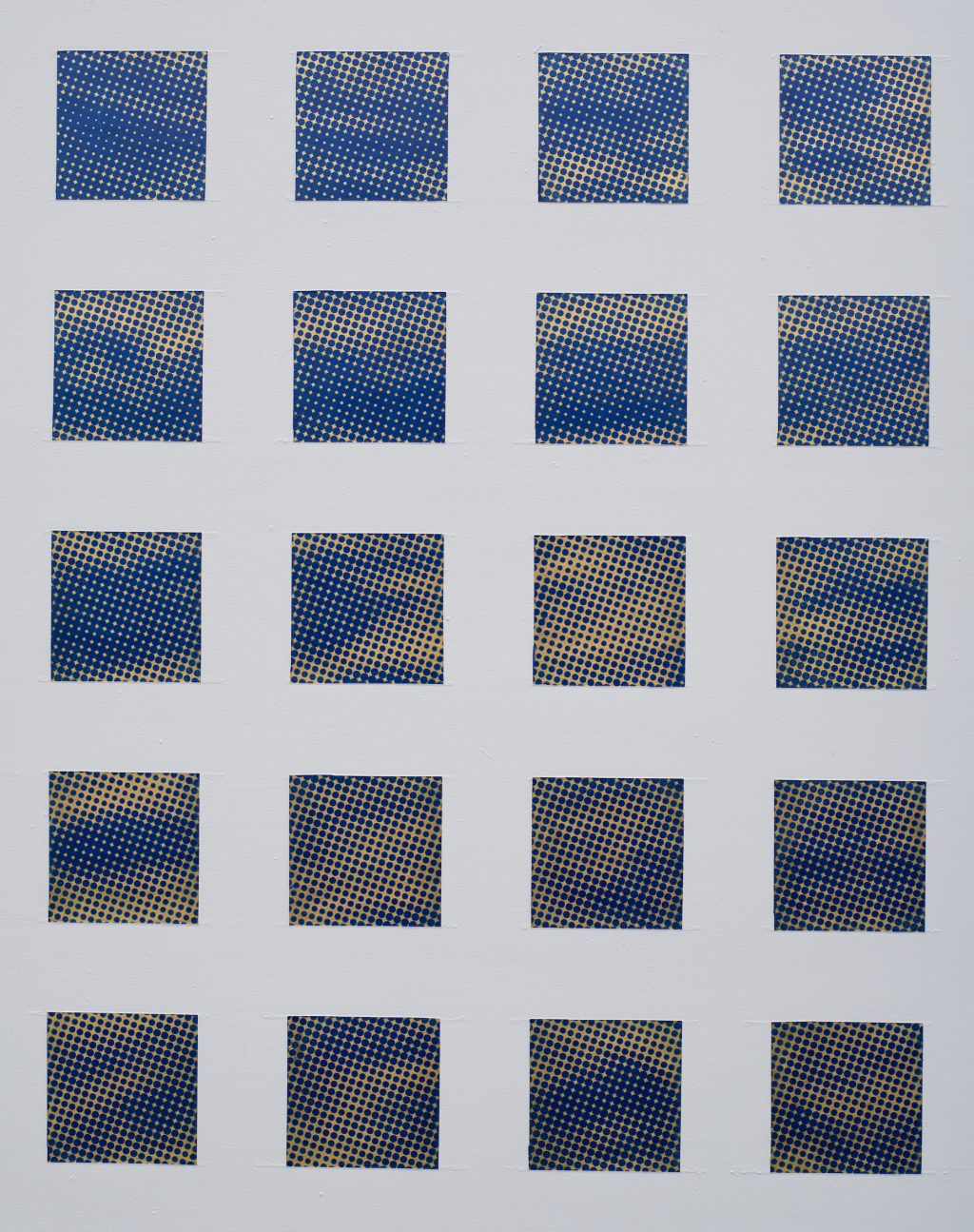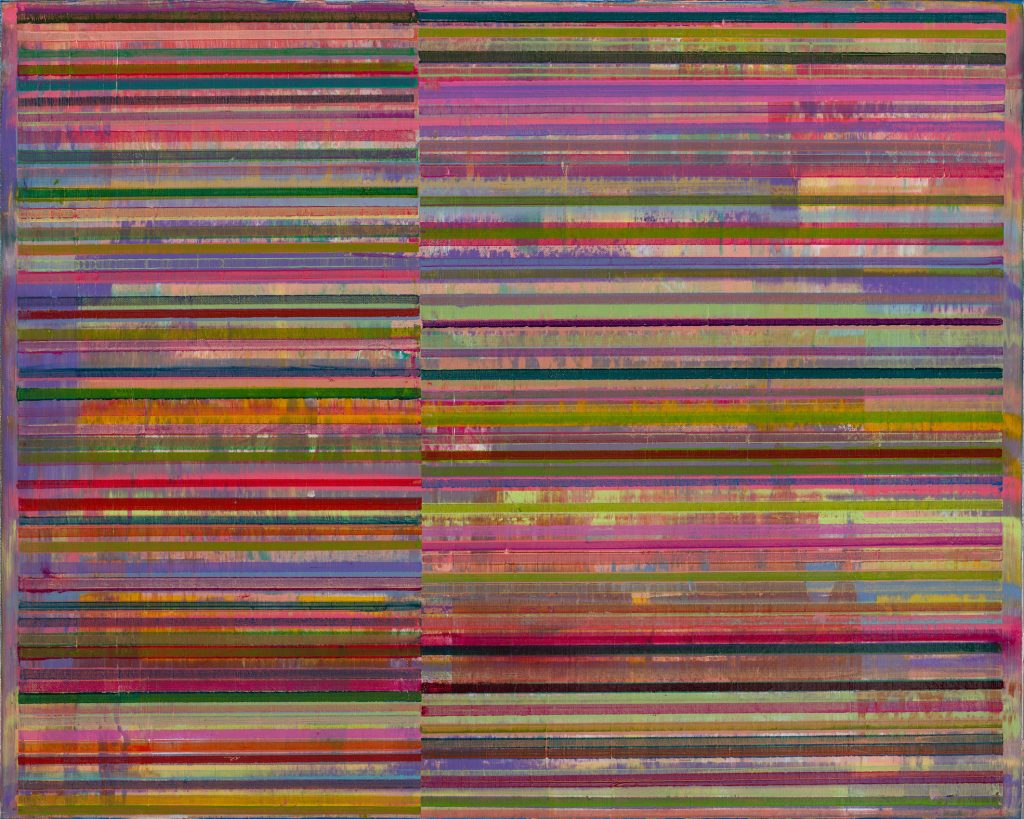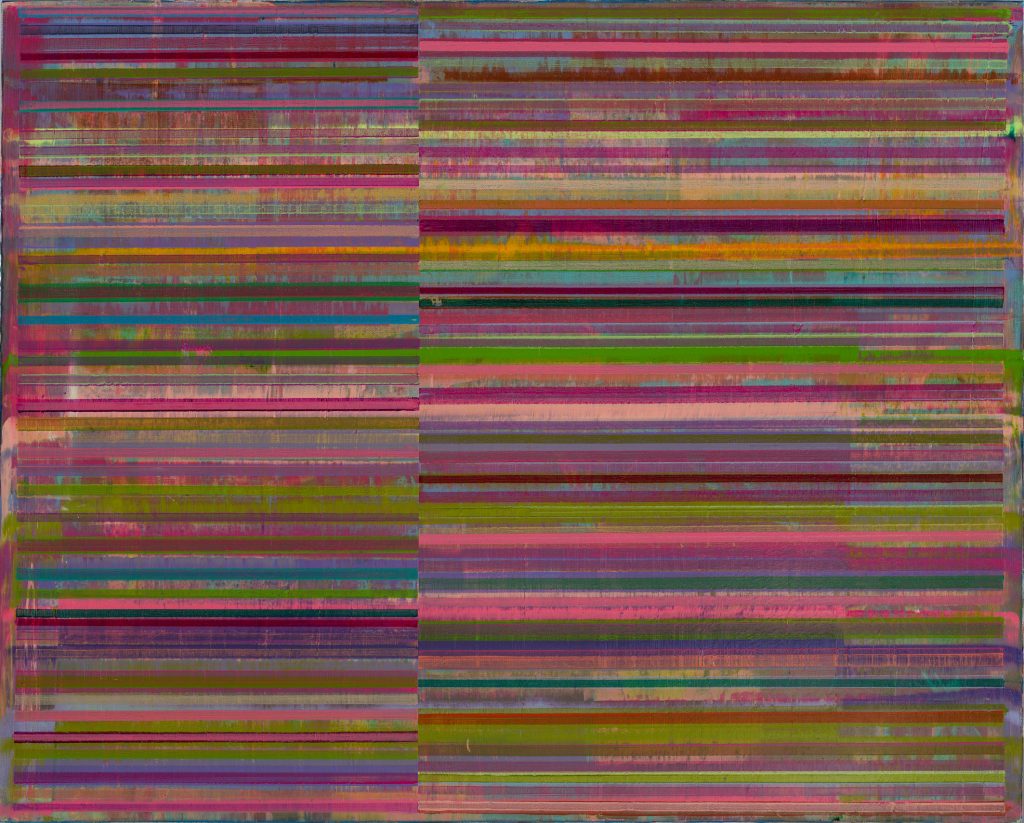TextualExhibition Text
Don Gallery | Shanghai Dandy | Chapter Three: Time Traveler | Li Shan, Liu Ren, Qu Fengguo
In Blackstone Apartments – Balcony (2017), Li Shan depicts Don Gallery’s previous space on Fuxing Road in the city’s former French Concession. The Blackstone Apartments, also named Fuxing Apartments, are the first purpose-built luxury apartments for expatriates in the past century. The building is created from imported concrete and stones from Britain, giving it a dark appearance. The symmetrical façade along the street has a large ornamental portico at the front with double Corinthian columns, and the addition of a curved balcony provides shade for the ground floor entrance. It used to serve as the office for the United Nations Relief and Rehabilitation Administration after World War II, later heightened with an extra storey in the early 1980s. Between 2011 and 2017, Don Gallery hosted exhibitions in a second-floor apartment.
The artist is sensitive to the frame of the history of the modern metropolis embodied in the composite structure. She applies the window frame as the picture frame for the framing of the exterior, which suggests the position of the interior and the “narrative presence” of Don Gallery. However, the mere object captured in the frame is the balcony attached to the building. It tells the story that now what comes from the outside is becoming the inside, as the gallery is taking on such a reflexive project of the self, aiming toward a spatial construct of its programme. In this vein, Dandy, who travels through time, witnesses a significant moment that transcends the boundaries between the gazing body and the gazed-at body. The painting manifests the desired change of Don Gallery over ten years.
“Panta Rhei” was the idea proposed by the Greek philosopher Heraclitus or survived as a quotation of his, which means that the nature of existence is essentially a matter of change – “Everything flows.” In every single passage, Heraclitus emphasised that it is impossible for human beings to share the same experience because any entity is restricted by the unalterable law of its reality. Hundreds of pieces of straw paper are stacked up by Liu Ren, as a thick-yet-closed book. The folds of time that draw on the consumption of materials are becoming a formal object, where the structural rule of Panta Rhei (2017) would maintain in some peculiar, subtle antagonism. However, as a regulating image, the rough water dwells within and guarantees the corresponding narrative of Panta Rhei – “People cannot step twice into the same stream…when you lift your foot again, this river is not that river anymore.”
In a similar vein, the artist presents the notion of time suggested by the poet Wang Zhenbai from the late Tang Dynasty – “An inch of time is an inch of gold.” One inch on a side, all the squares foiled with gold are covered by the grainy and pixelated surface of the sea. The physical distance as measurable is applied to metaphorise the psychological distance as immeasurable. The artist translates the discourse upon time into a control mechanism or even a political instrument. The order of discourse is intrinsic to time itself, releasing the power of aggregation and differentiation. Human beings are thus placed in a living community. There is a proper grasp of deconstruction and the balance between sense and sensibility in Inches of Time – Wave (2017). It contributes to the reconstruction of an image by immense variations in a subtle, continuous range. The co-presence of Panta Rhei and Inches of Time—Wave performs as the poetics of landscape of poetics, namely the transcultural practice anticipated by “Shanghai Dandy”.
End of Heat 1, Four Seasons (2017) and End of Heat 2, Four Seasons (2017) are from the series of “Four Seasons” by Qu Fengguo. The artist attempts to evoke the feeling of nature. Through the accumulation of stripes, the duration of time is pregnant by the constructive logic of abstraction formed by a horizontal thrust, while the touch of the blurry boundaries in-between develops into a solid presence of the stripes that are becoming the narrative subject. The artist also applies the section strategy, focusing on the most essential problem of space in two-dimensional works. As division and separation, the extended section with vertical orientation penetrates into the multiple historical dimensions of the place where the artist has accommodated for decades – Shanghai. Cosmopolitanism, internationalism, and globalism encounter here, once competing with or confronting against each other, and now seeking to be anchored given the softer conditions of an open era. In such a changing process, the absolute “other” is disappearing, and the issue of an anchor point turns to the issue of text.


